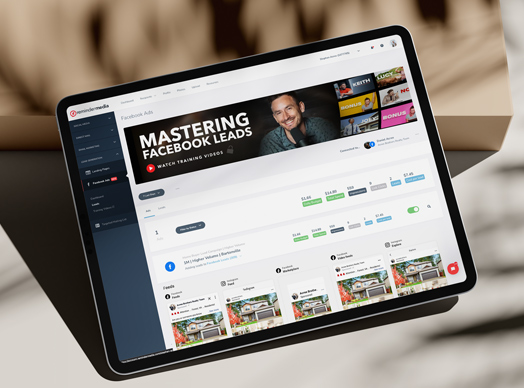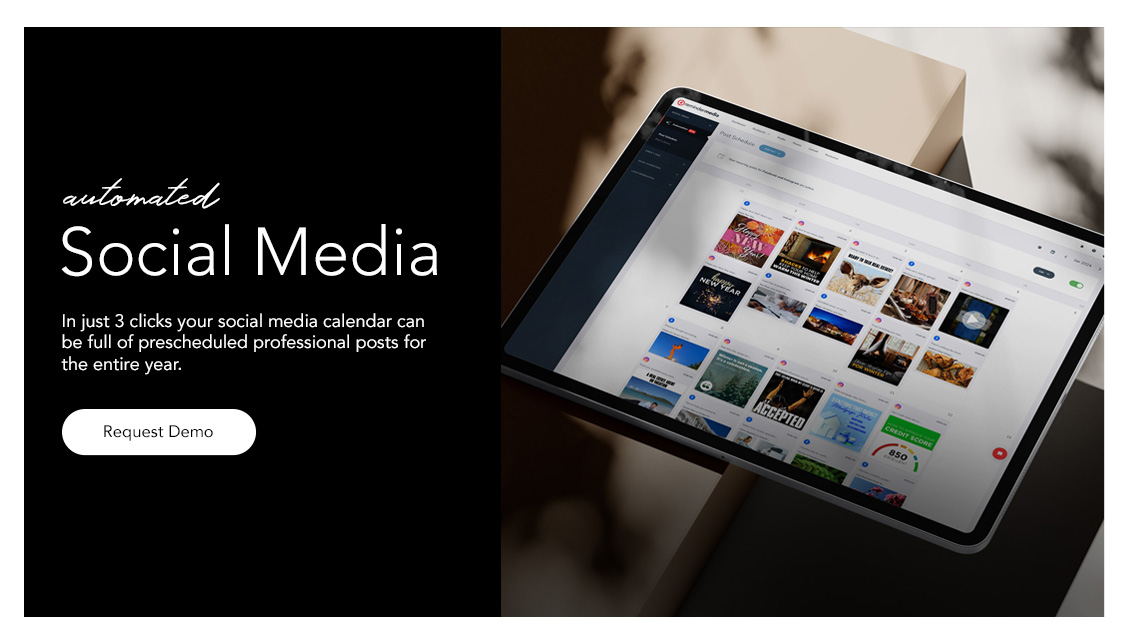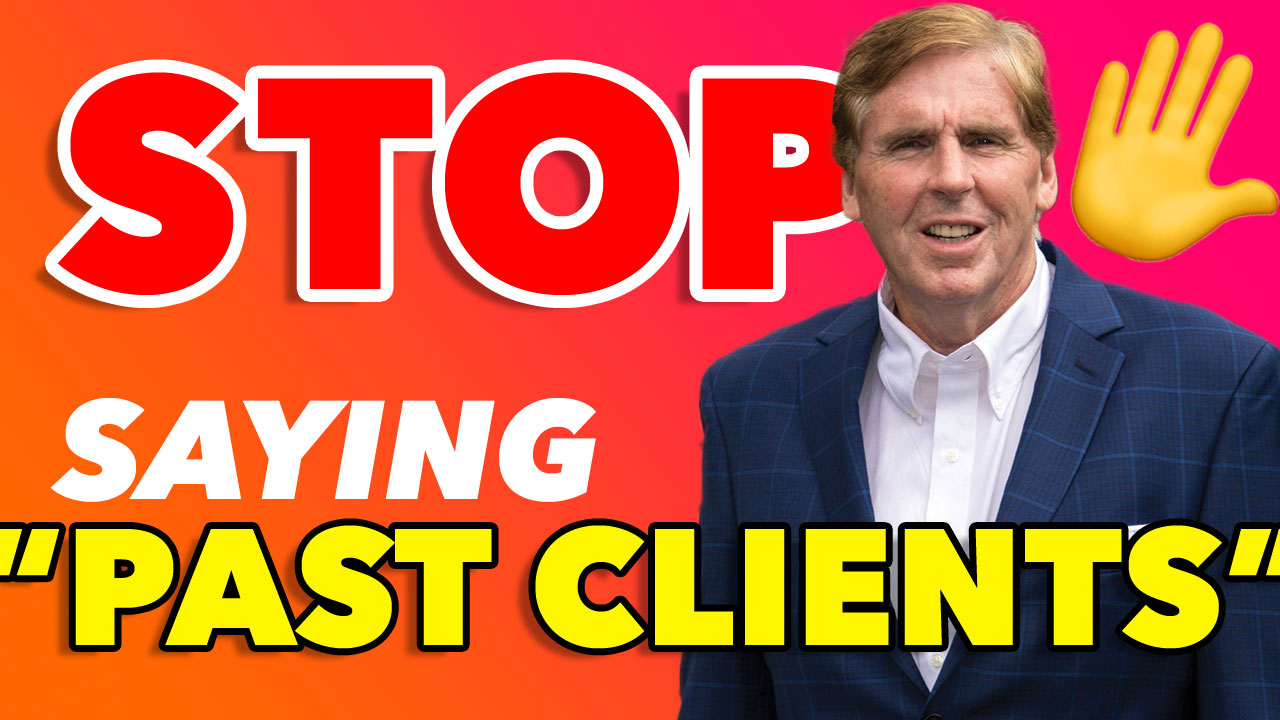You’ve likely heard the phrase “what gets measured gets managed,” and while it may not necessarily be essential for all areas of your business, it is absolutely vital in marketing. But in today’s data-driven world, it can be easy to get overwhelmed by the sheer number of metrics available, from likes and shares to impressions and click-through rates. The challenge is knowing which ones actually help you make smarter decisions—and which just look good on paper.
In this blog, we’ll break down the difference between vanity metrics and actionable metrics so you can focus on what truly drives results for your business.

Vanity metrics: what they are (and why they’re misleading)
To put it simply, vanity metrics are numbers that often look impressive at first glance but don’t ultimately tell you much about how your marketing efforts are impacting your bottom line. These include:
- Follower count
- Page views
- Likes and comments
- Impressions
Such stats can give you a boost of confidence, but they rarely reflect engagement that leads to revenue. For instance, imagine that you have 10,000 followers on Instagram. That’s a number to brag about, right? And yet if none of those people are converting into qualified leads or paying customers, it really has no bearing on your business’s growth. It’s the digital equivalent of window-shoppers admiring a storefront but never walking in.
That said, vanity metrics aren’t completely useless—they can help gauge awareness and show that your brand is gaining visibility. However, they should never be the sole indicators of your marketing success.

Actionable metrics: the data that drives growth
If you want to improve your marketing strategy, look to actionable metrics. These are data points that reveal how your audience is responding and how close they are to becoming customers. They include:
- Conversion rates (website visitors to leads, leads to sales, etc.)
- Email open and click-through rates
- Cost per lead or cost per acquisition
- Customer lifetime value (CLV)
- Return on marketing investment (ROMI)
Let’s say you’re running a Facebook ad. Vanity metrics might show that it reached 8,000 people. But actionable metrics will tell you how many of those people clicked, signed up, and made a purchase. That’s the insight that will help you tweak your messaging, reallocate your budget, and refine your targeting.
The beauty of actionable metrics is that they offer direct feedback. If your email campaign had a low open rate, that tells you to test a new subject line. If your lead magnet is converting at a high rate, it’s a sign to double down on promoting it. Successful marketing requires constant adjustment, especially with trends and consumer preferences continually shifting, and these numbers will give you an idea of which direction to head next.

How to make the shift
Shifting your mindset starts with setting clear, measurable goals. Are you trying to book more appointments? Sell a service? Grow your newsletter? Once you know your objective, you can identify and monitor the metrics that align with it.
This is surprisingly simple. Just ask yourself “What do I want my audience to do?” and then track whether they’re doing it. So instead of celebrating impressions, ask how many converted into leads. And instead of chasing likes, focus on how many people filled out a form, requested a quote, or made a purchase.
ReminderMedia’s new QR code magazine covers, for example, allow you to track who scanned your magazine. This shows not only who received your marketing content but also who is actively engaging with your brand and may be interested in working with you in the future—enabling you to follow up with confidence.

Turning insights into action
Consider this real-world example. You send a monthly email newsletter to five hundred clients, and after a few mailings, you notice that it consistently gets a 40 percent open rate. Additionally, the included market update link sees a 5 percent click-through rate. That’s all valuable information! It tells you:
- Your subject lines are working (high number of opens).
- Your readers are interested in market trends (consistent click-throughs).
Armed with that data, you can push it further—send more targeted market reports, add a call to action, or offer a free consultation. Over time, these adjustments may likely compound into better engagement and more leads.
Compare that to tracking the number of shares the email got (a vanity metric). It might be fun to know, but it won’t indicate what to capitalize on to help you close more deals.

There’s nothing wrong with celebrating likes, follows, and shares. But if you want sustainable growth, you need to pay attention to what really moves the needle. By focusing on actionable metrics like conversions, cost per lead, and ROI, you can make smarter marketing decisions, use your budget more effectively, and ultimately get better results.
The best marketing strategies aren’t just flashy—they’re focused. So the next time you check your analytics, ask yourself: Is this metric just making me feel good or really helping me grow?



















